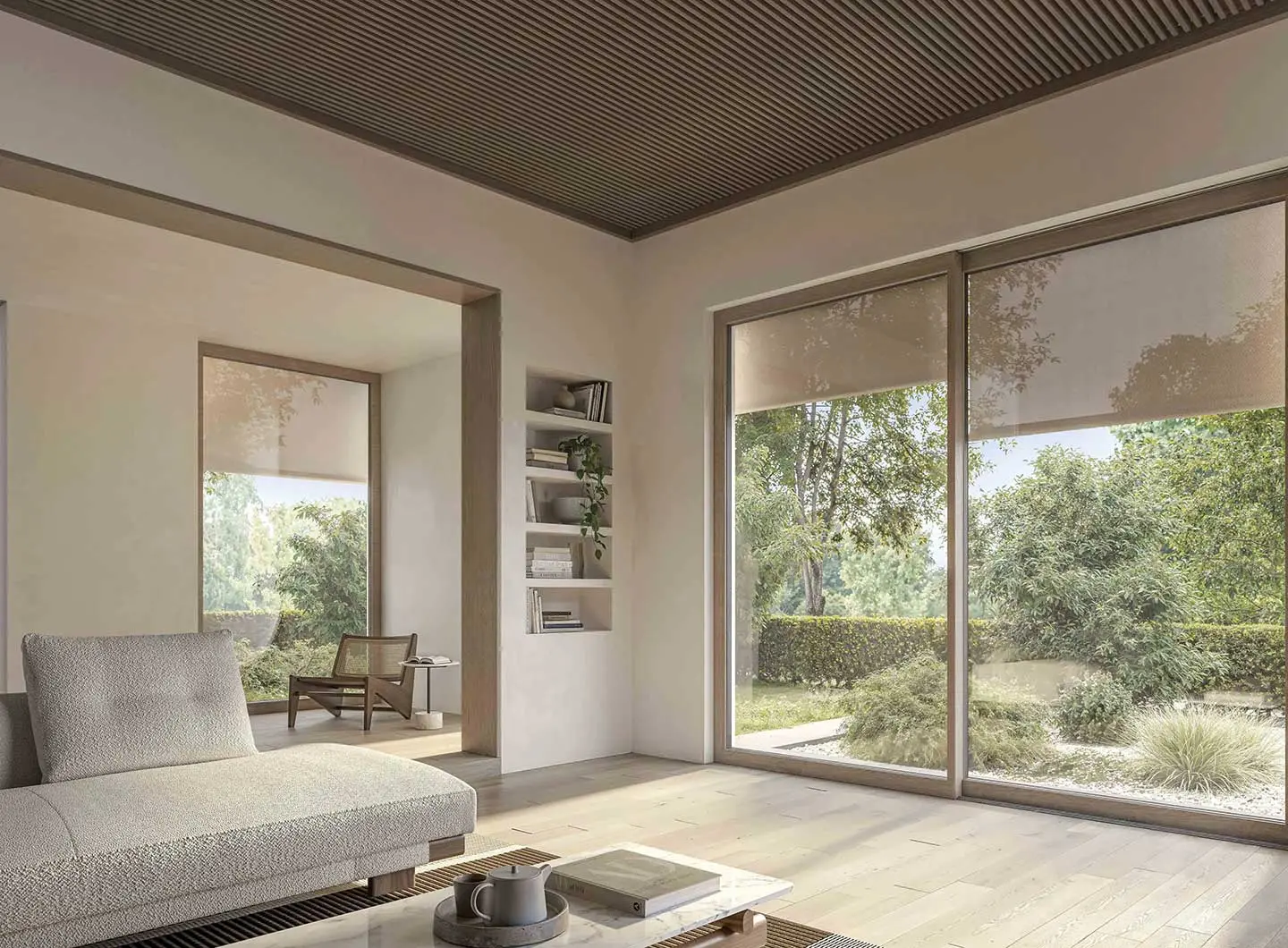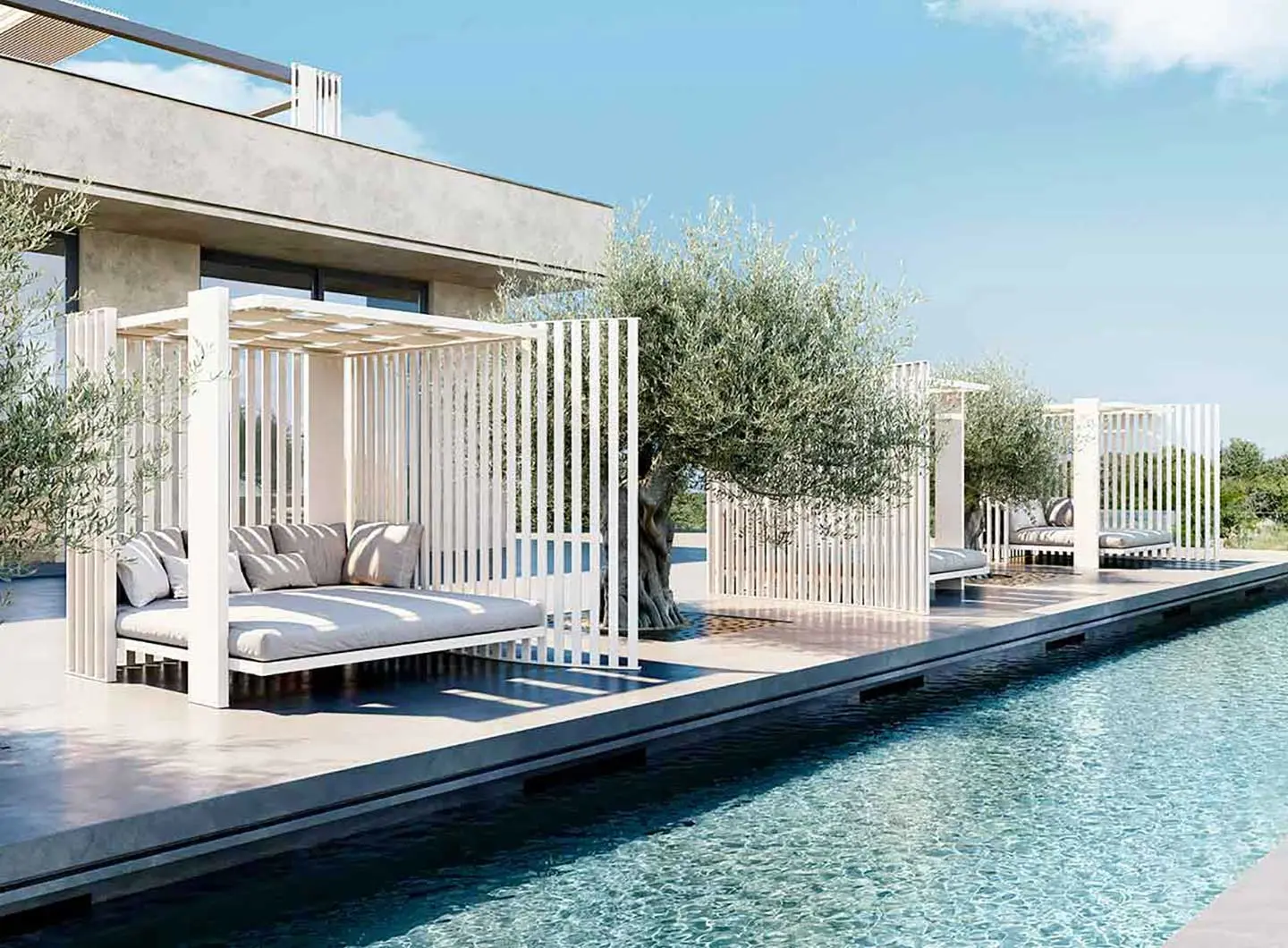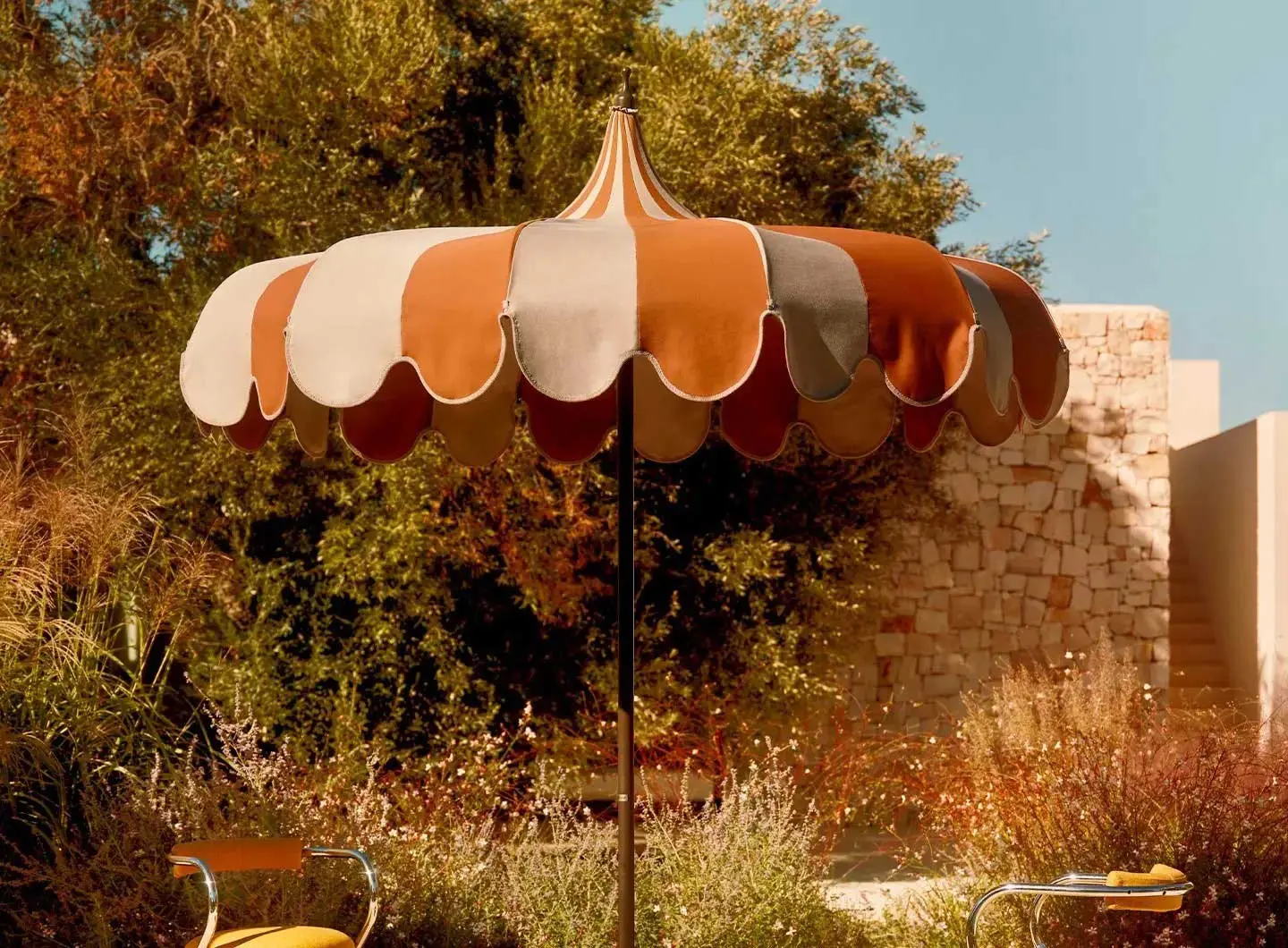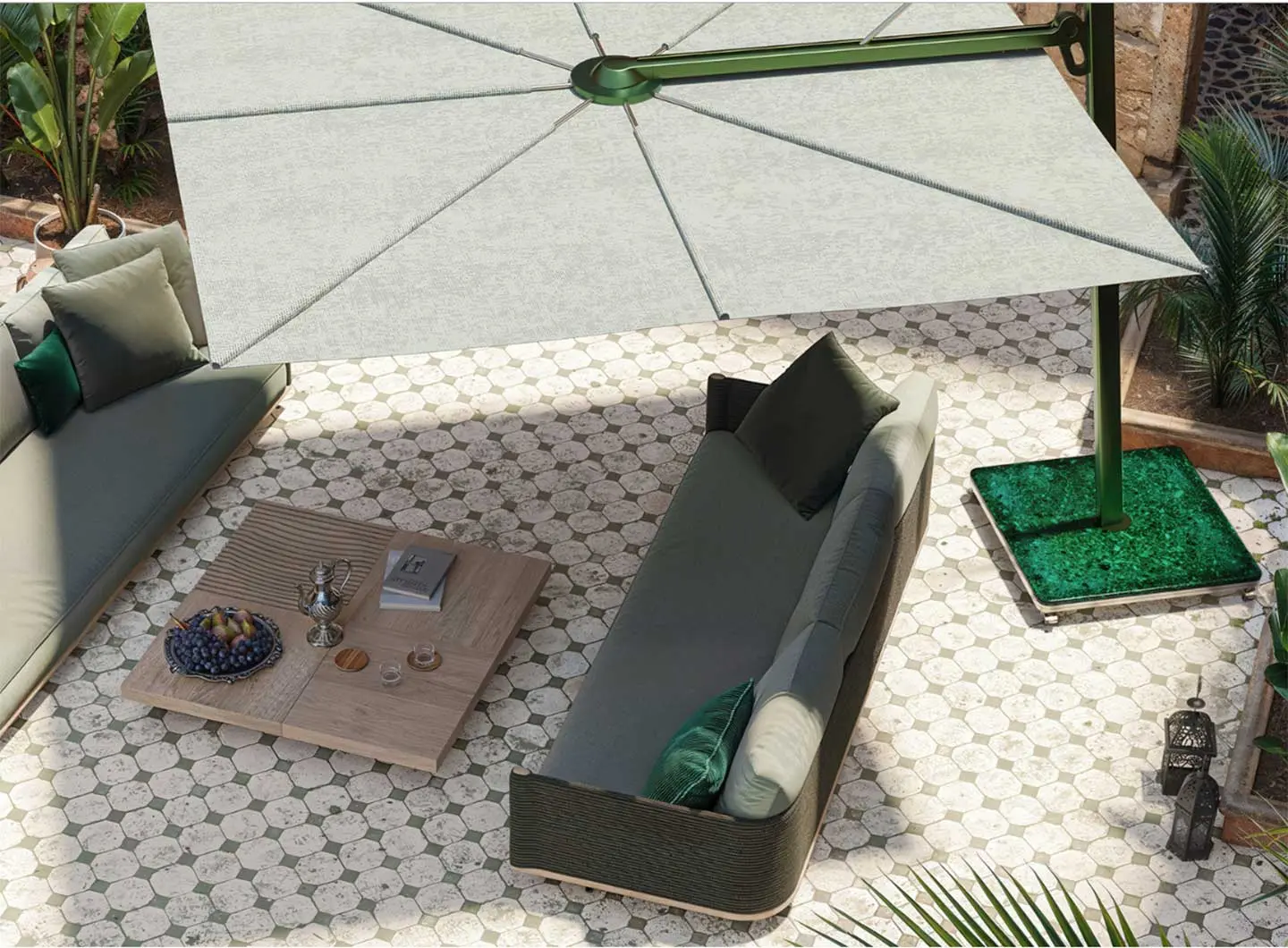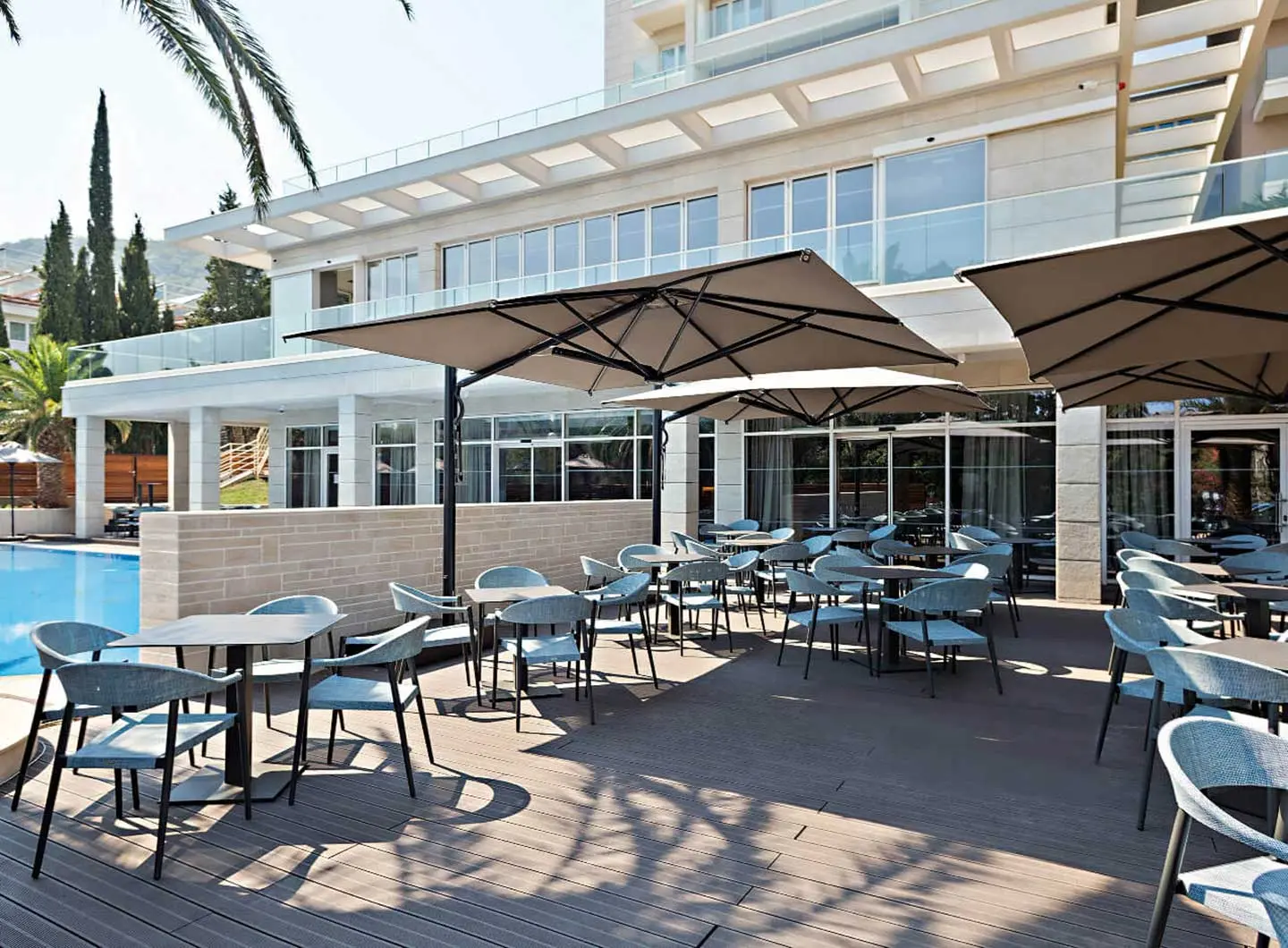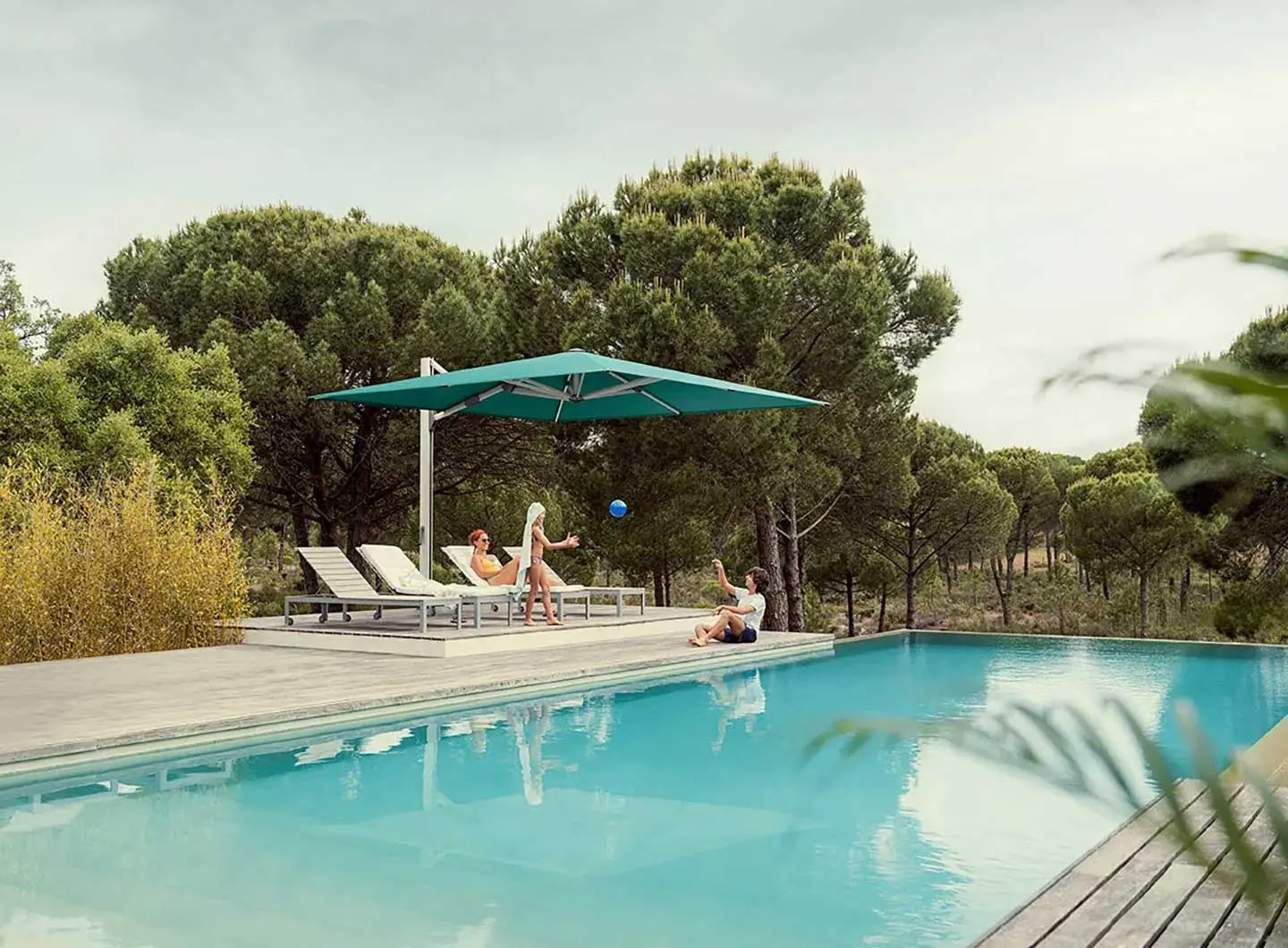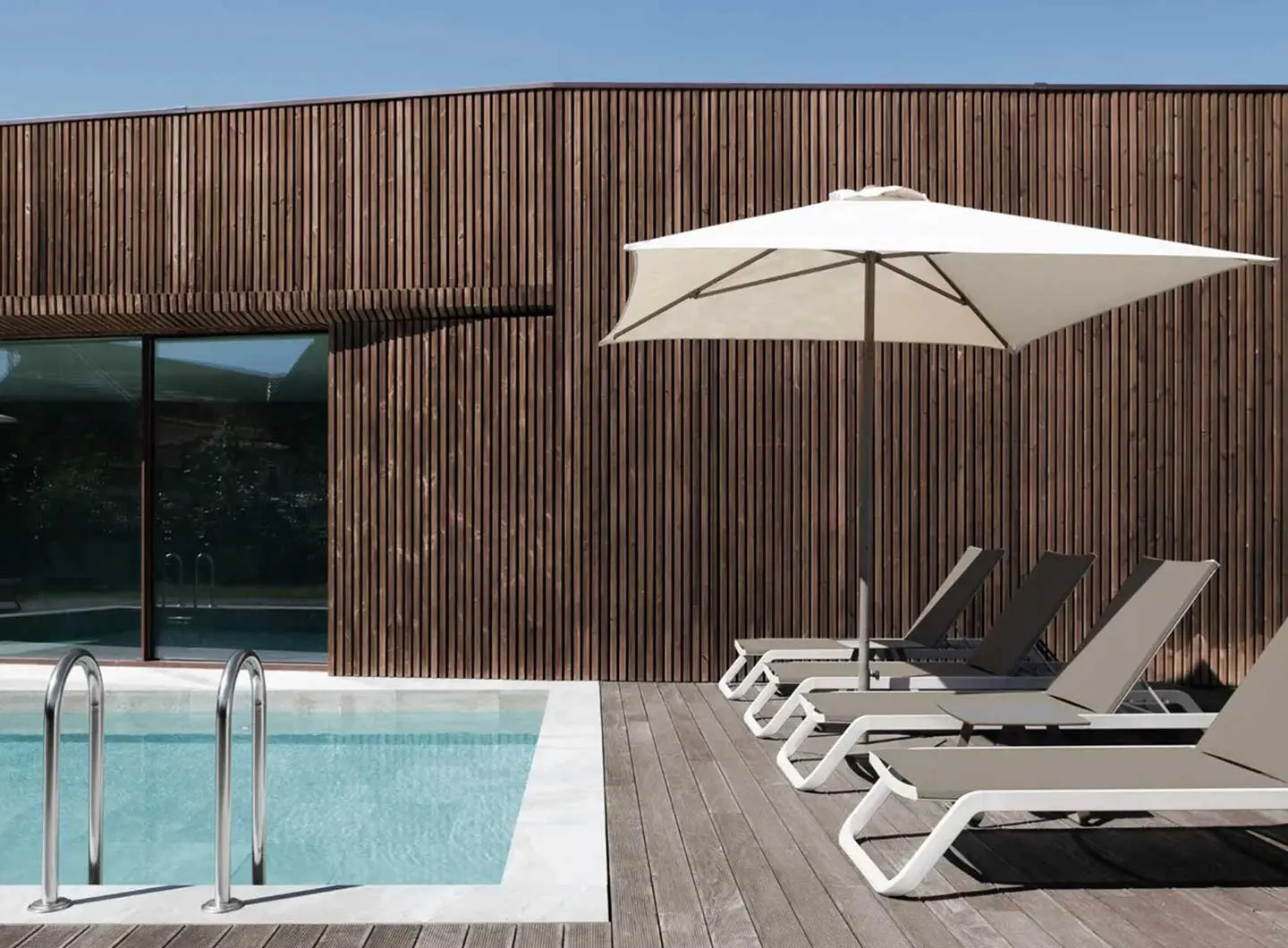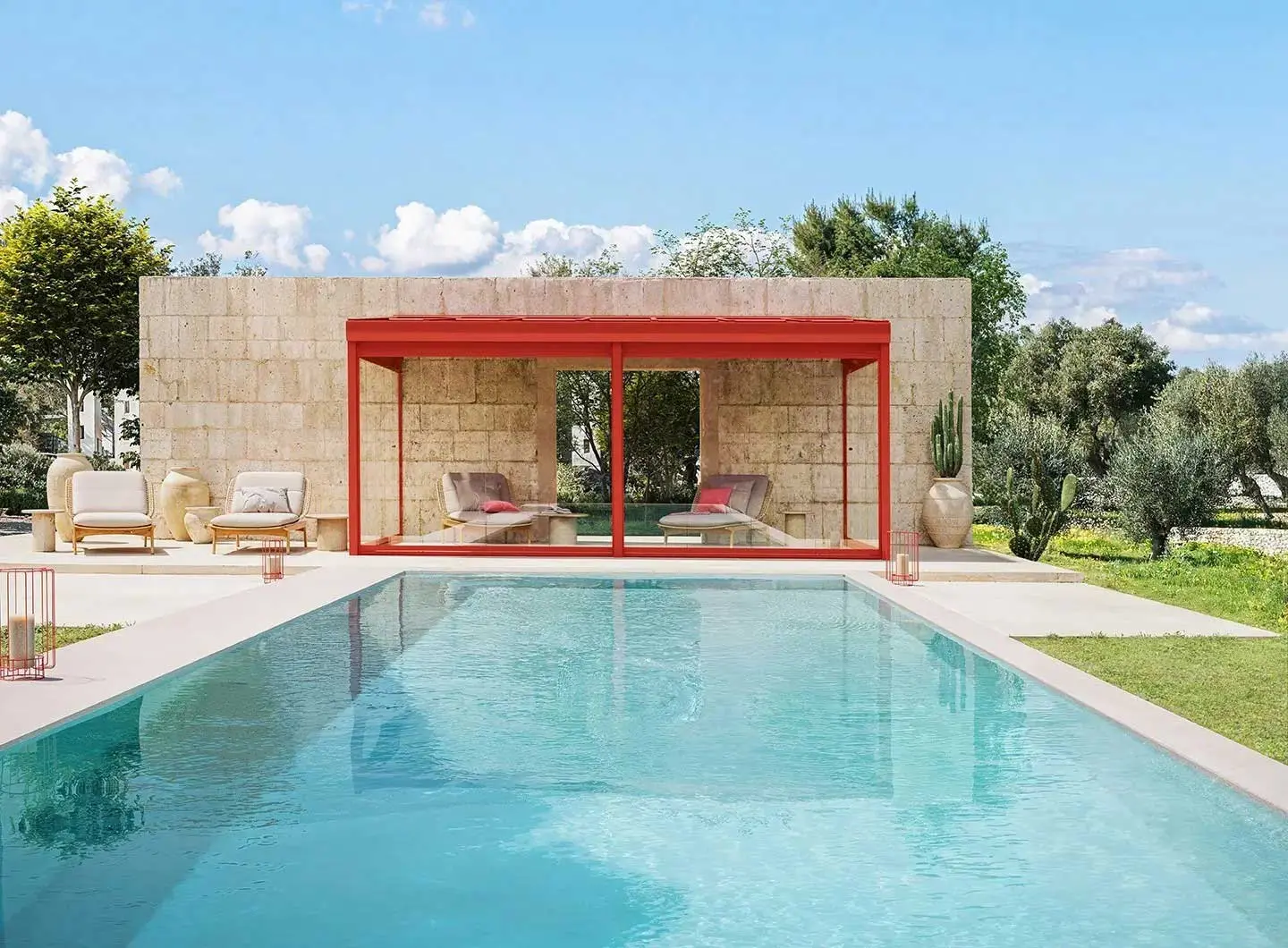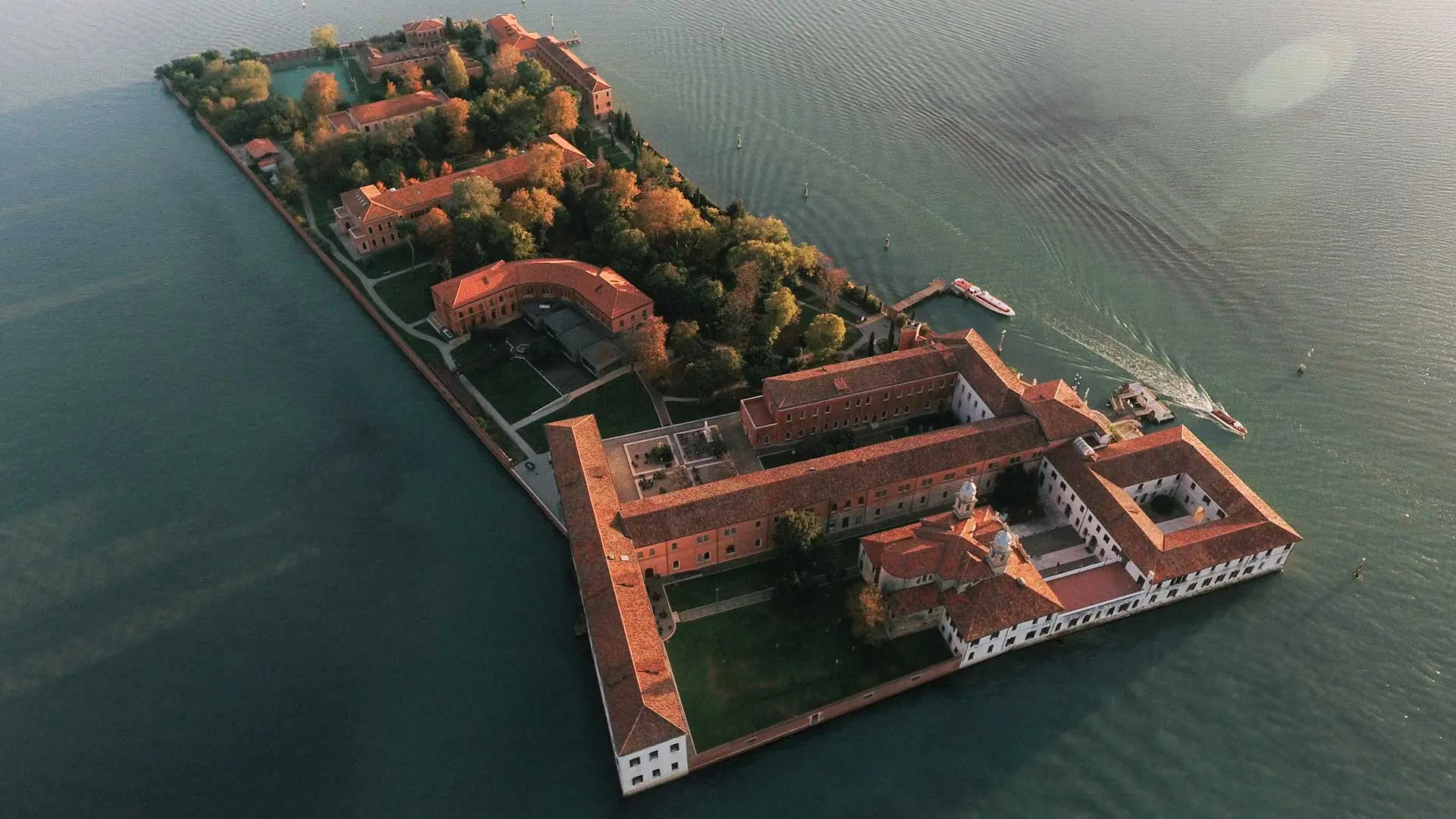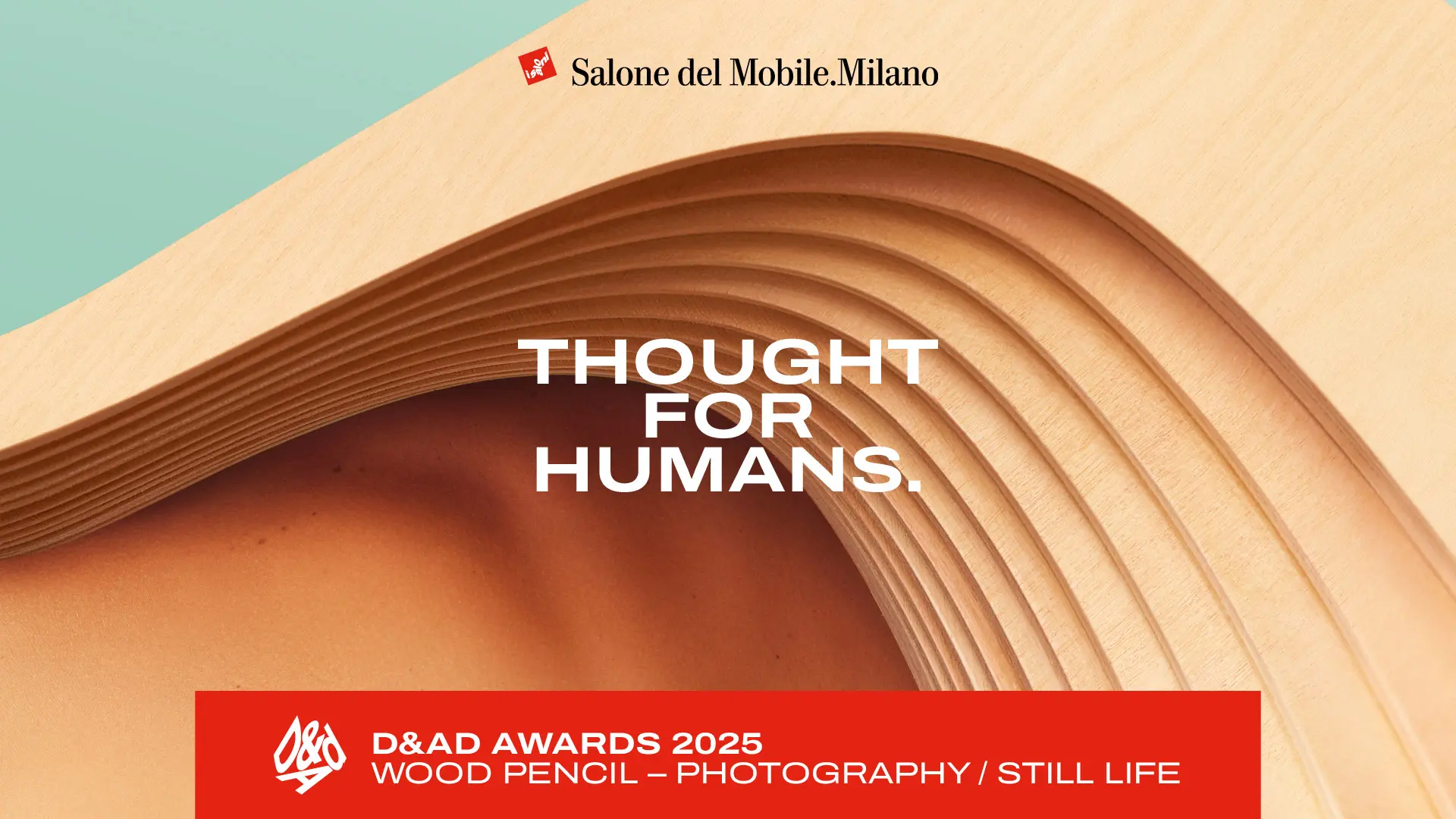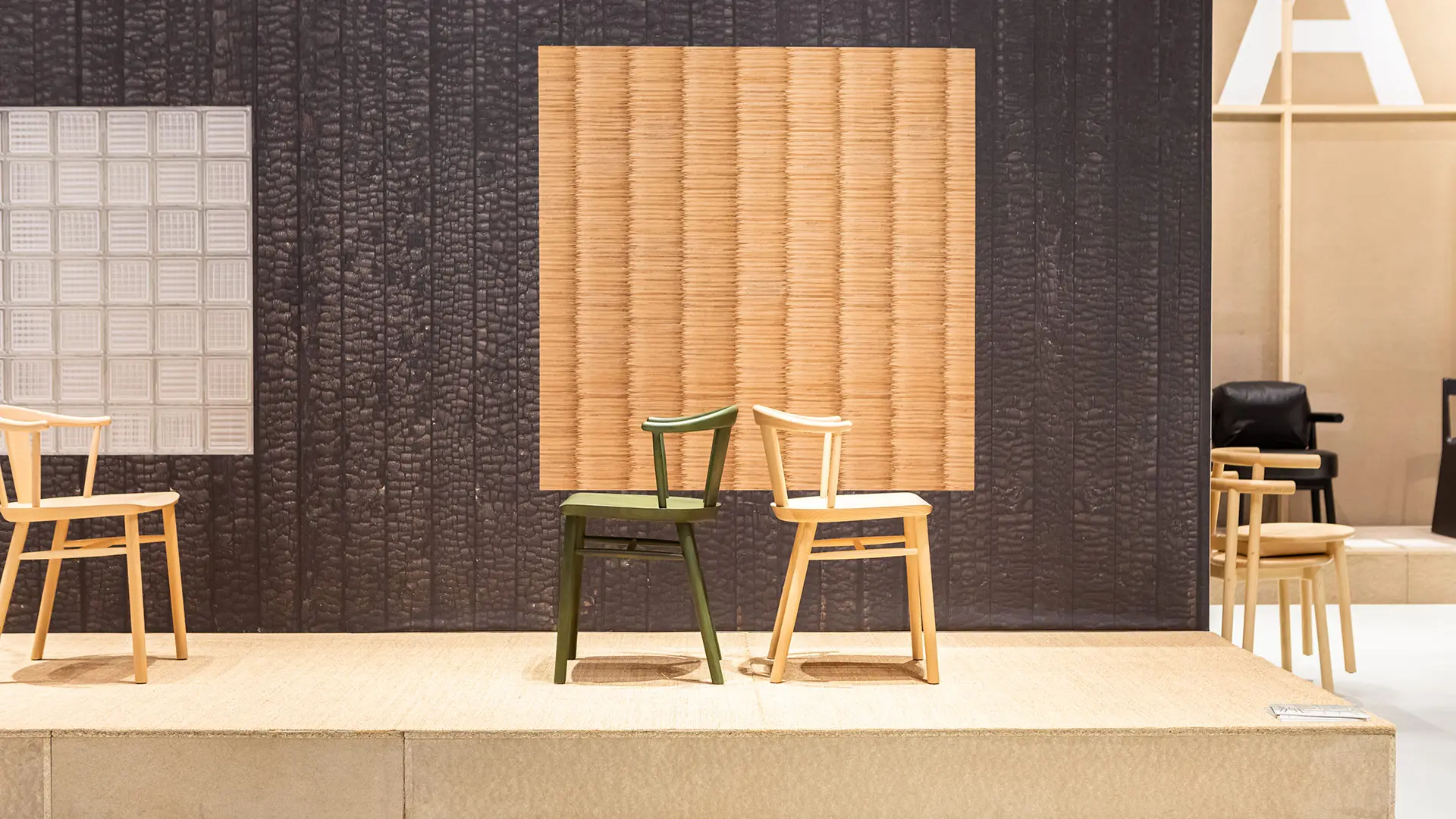Green Design Days 2025, FederlegnoArredo’s multi-site festival hosted on the island of San Servolo, was an opportunity to discuss the sustainability of the design industry. Here is an account of events on Thursday 22 May
Bonus Tende da Sole 2025: how to apply

Protezioni
Che cos’è e cosa prevede il bonus, come richiederlo e soprattutto, si può chiedere il bonus anche senza ristrutturazione?
Italy’s Bonus Tende da Sole 2025 can be claimed even when home renovations are not being carried out. The advantages are obvious: the incentive is a concrete strategy for combining energy saving, comfortable living and sustainability by means of solar shading.
The bonus: what it consists of and what it covers
The benefit allows for a tax deduction of up to 50% on expenses incurred and is part of the Ecobonus scheme, based on well-defined technical criteria. For primary residences, the purchase and installation of solar shading, awnings included, carried out up to 31 December 2025, qualifies for a 50% IRPEF (for individuals) and IRES (for companies) tax deduction. The benefit drops to 36% for other properties. From 2026, the rates will drop to 36% for primary residences and 30% for other homes. From 2028 the rate will be the same for all properties, at 30%. The maximum deductible expense threshold is 60 thousand euros per real estate unit, deductible over 10 years.
From 2026 onwards, the rates will fall to 36% for primary residences and 30% for other homes. From 2028 the rate will be the same for all properties, at 30%. The maximum deductible expense threshold is 60 thousand euros per real estate unit, deductible over 10 years.
Requirements for accessing the Bonus Tende da Sole 2025
In order to comply with regulations, installed solar shading systems must meet certain requirements, first and foremost CE marking (in accordance with European Union standards), followed by:
- They must be stably fixed to the building structure, not removable at will, and covering a glazed surface. They may be installed inside or outside the glazed surface, such as French windows or windows. ;
-They must be movable and of a “technical” type (i.e., not “do-it-yourself”) and must have a total solar transmission factor value of less than or equal to 0.35, depending on the type of glass of the glazed surface they protect. The value refers to type C glass;
- Eligible “solar shading systems” include awnings, venetian blinds, roller blinds and drop arm awnings. Mosquito nets and insect screens are also permitted, but only if they provide solar shading, as are bioclimatic pergolas. In this case, the costs of dismantling and disposing of previous shading systems are also deductible;
- “Solar shading” (e.g. awnings, blinds, roller blinds, arm awnings) may only be oriented towards the south, east or west. North, north-east and north-west are not allowed. There are no orientation rules for “darkening closures” (e.g. shutters, blinds, roller shutters).
Bonus eligibility
Taxpayers, both individuals and business owners, are eligible for the bonus. Obviously, they must be holders of real rights over the property in question, meaning that applications can be accepted from owners and tenants, as well as applications from family members of the owner, such as spouses and blood relatives up to the third degree.
How to apply for the bonus: methods and timeframes
The concept is as follows: solar shading systems that comply with technical standards (which must be certified by the manufacturer) and whose certified installation can be proven to cut energy consumption, are eligible for the bonus.
In order to apply for the deduction, a number of documents, such as invoices or tax receipts must be kept, bearing a detailed description of the product, complete with installation details. The following wording must therefore be included in the description: "dynamic solar shading system pursuant to Legislative Decree 311/2006 Annex M".
Payments must be made by bank transfer, indicating the reason for the payment, the tax code of the beneficiary of the deduction and the VAT number of the company responsible for carrying out the work. A number of technical documents are also required, such as:
- A description of the intervention, complete with the ENEA (Italian National Agency for New Technologies, Energy and Sustainable Economic Development) CPID (Certified Product Information Document) code;
- Technical data sheets for each shading device, complete with relevant CE marking;
- Total solar transmission performance certification;
- Owner residents of condominiums must be in possession of the condominium resolution to carry out the work; where tenants are concerned the consent of the owner is required.
Within 90 days of the installation of shading systems, a “description of the intervention” must be sent to ENEA through the relative website only.
Eligible expenses
Expenses eligible for the Bonus Tende da Sole 2025 include:
- The supply and installation of solar shading (as well as technical darkening closures);
- The dismantling and disposal of existing systems;
- The supply and installation of automatic mechanisms for adjusting and controlling the systems and all professional services such as construction management, for example;
- Provisional and ancillary works.
Solar shading: the latest outdoor solutions
With the arrival of summer, solar shading is an effective solution for curbing UV rays and keeping indoor and outdoor environments cooler. Here are some of this year’s new products:
- Pratic has presented the new essential and versatile XX1 vertical awning, aimed at the contract sector but also suitable for other settings. Boasting home automation systems and an anemometer, XX1 combines aesthetics and technology to ensure practical and safer use.
- Balinese from BT Group is a furnishing piece that can turn into oasis of relaxation and, obviously, provide protection from the sun, with a painted aluminium frame that makes for good looks as well as protection from UV rays.
- The Ocean Master Max Solanox pergola from Tuuci transforms outdoor spaces into elegant open-air sitting rooms thanks to its modular design, featuring customisable walls, roofs and lighting, including options such as lattice walls, decorative elements and automated canopies with adjustable louvres.
- Parasols to the fore, with Crema Outdoor and its Island Pagoda Evo, a parasol with a telescopic structure in matte painted aluminium, complete with electric motor for radio controlled opening and closing, light blocking and regulation.
- This season’s new products include Versa LUX Jade from Umbrosa, featuring a Kvadrat Atrium Outdoor fabric canopy, designed by Patricia Urquiola, and protective Sunlight Magic Coating.
- Scolaro has launched Astro Carbon, with an innovative gas-sprung opening and closing system. Its retractable structure means that it can be opened and closed easily without having to move nearby pieces of furniture.
- Glatz’s most recent product Ambiente Nova is an original, with its side mast and range of 55 different fabric colours. Optional extras include LED lighting and a motorised opening system.
- Pensile by Gaggio, with its minimalist design and nautical finishes, is suitable for the most modern of contexts: in the Nautical HP version it is resistant to large columns of water and direct ultraviolet rays.
- Not an absolute novelty, but the innovative Eolo Pureti anti-pollution parasol, produced by Ezpeleta, is deserving of mention: its olefin fabric, treated with Pureti technology, actively contributes to the reduction of air pollution by neutralising exhaust gases and other harmful substances. .
- Protezioni transforms the concept of shelter from the sun into total protection with a new category of All Season covers, such as Nesos, which is self-supporting and features a sunroof that can be opened up to 80%, for year-round outdoor living.


